Description
The cylindrical orange bird of paradise is a popular plant because of its hardiness and beautiful flowers. This plant as it is drought tolerant, frost resistant, wind tolerant and salt tolerant. So windy balconies are no problem.
Caring for your Bird of Paradise
If you wish to see your plant grow well in your home or office, it is important to ensure proper care. You should keep certain guidelines in mind when taking care of your Bird of Paradise plant.
Light
The Bird of Paradise plant prefers bright, indirect light. Hence, give your plant plenty of sunlight, but make sure it doesn’t stay directly under the sun. It can certainly adapt to medium light, but your plant’s growth may slow down.
If you’ve kept your plant indoors, make sure you place it near a south or north-facing window. Remember that direct sunlight can risk burning the leaves.
Soil
For your Bird of Paradise plant, use a potting mix that drains well. You can increase soil aeration by adding ingredients like perlite or lava rocks.
Water
Birds of Paradise enjoy moist but not soggy soil. To avoid wet soil issues, practice the soak and dry method.
Allow the soil to dry out between watering slightly. Don’t let the soil dry out completely but avoid overwatering your plant. You can water when the soil is dry, about 1 to 2 inches deep. You can do this every 1 to 2 weeks. Remember that your plant will expect more regular waterings in a brighter light than in low light conditions. Pro tip: avoid using tap water. Instead, use room temperature rainwater, filtered water, or distilled water for your plants.
Fertilizer
You can fertilize your plant for it to grow bigger during spring and summer healthily. Use an all-purpose liquid fertilizer and dilute it in water to half of its strength.
Do not fertilize during autumn or winter seasons as excessive food can cause salt build-up in the soil, resulting in leaf burn.
Pests and Diseases
The Bird of Paradise is an easy-going plant that generally remains disease and pest-free. But even so, it can fall victim to scales and spider mites. If pests appear on your plant, be quick to treat them. Spray your plant weekly with natural pesticides like neem oil.
Root rot is the most common disease in these plants. It generally crops up when the roots are allowed to soak in water for too long. You can easily avoid it by letting the soil dry between watering sessions.
Pruning
You can trim your Bird of Paradise at any time, but if you are looking to seriously prune it, wait until early springtime. Pruning a tall bird of paradise plant is a serious affair.
Never use hedge trimmers to prune your plant, as it will leave the leaves ragged and make rough cuts. Instead, consider using loppers, hand pruners, or a pruning saw.
- Take all stems and leaves back above the ground
- Clean up old vegetation that has fallen around the plant
- Remove dead flowers
If your plant is too dense, consider thinning the leaves to allow air and light near the center of the plant. This decreases the risk of fungal diseases and encourages flowering. While thinning the plant, you can remove any new growth at the base of the plant, along with a few stems and leaves. Remember not to remove more than one-third of the plant.
Propagating
You can easily propagate a Bird of Paradise plant by division. You can do this every spring by cutting a piece of rhizome with a knife. Make sure you use a clean and sharp one. Use rooting hormone on the open cuts. It is best to spray or sprinkle it instead of dipping. After you’ve made the divisions, fill a pot with high-quality potting mix and place one division in it. Do not water it for a few days so as to let the cuts heal. You can start fertilizing your plant the next spring.
Potting/Repotting
Your pot for a bird of paradise plant needs to have a drainage hole. You can, however, use the regular potting mix for houseplants. Remember to check it for good drainage before planting your bird of paradise.
The plant grows typically, so you will need to repot your plant every two years. You should do this in springtime. Get a container two inches wider than the current pot. Place stones over the drainage hole. Prepare the new pot by spreading a layer of potting mix over the base. Now, you can place the plant in the new pot. Make sure to be careful as you can damage the plant roots while doing this. Fill in any gaps around the plant with potting mix and then water it.

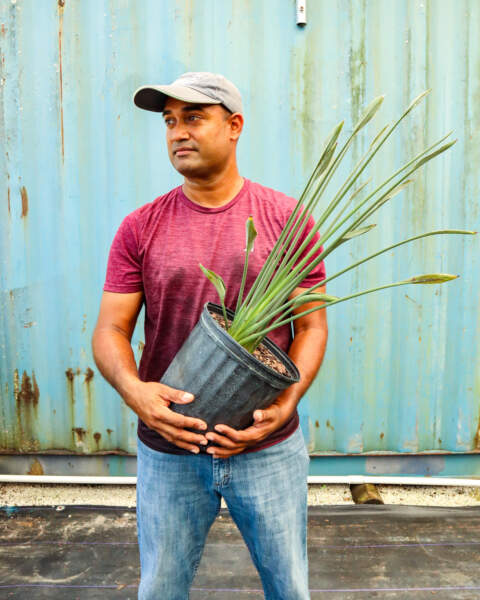
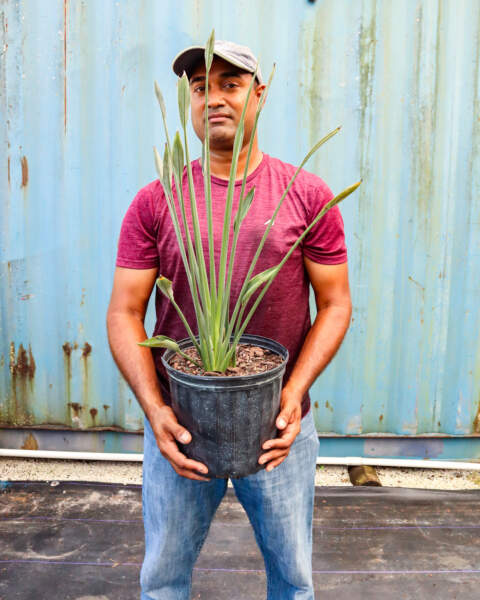
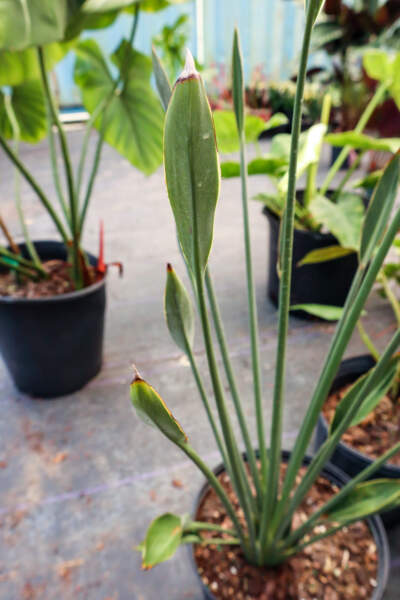
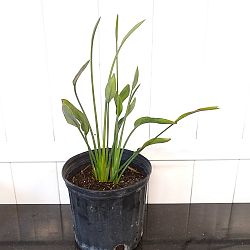
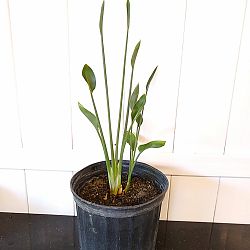

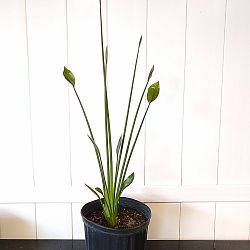
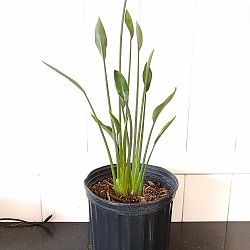
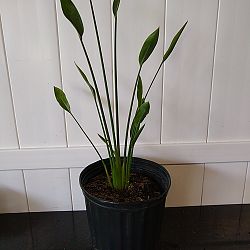
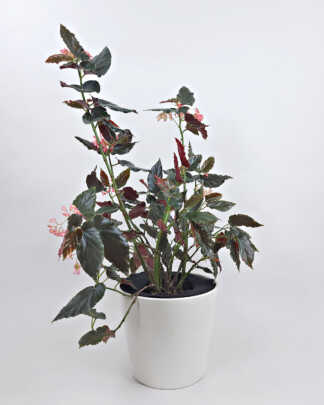
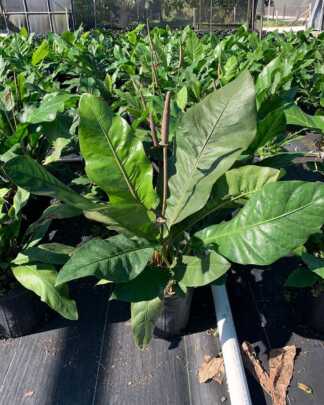
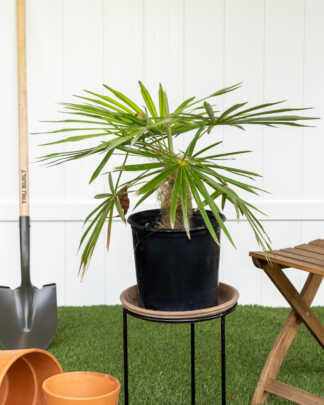

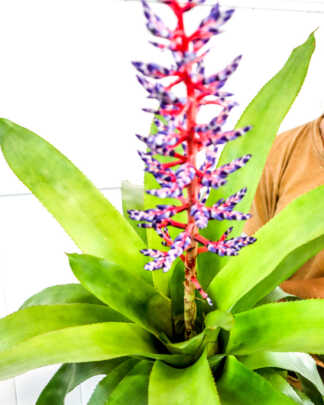


Gina W. (verified owner) –
All leaves have brown tips on them. I assume others will grow that don’t have them.
Ramón Gabriel Tejera Diaz (verified owner) –
Hola.la planta llego rápido despues del envío .se le dañaron dos hojas pero es normal que esto suceda .esta en buenas condiciones .gracias a esta tienda .creo que son muy dedicados en lo que hacen gracias